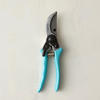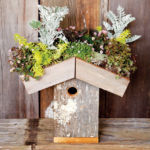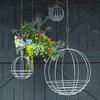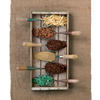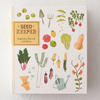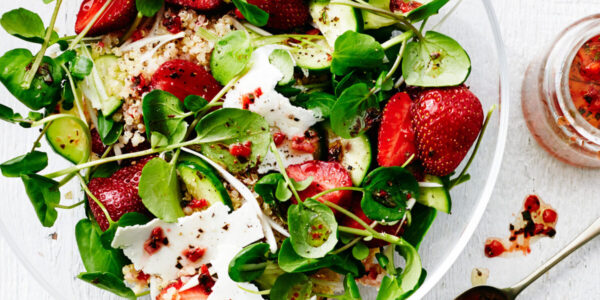Clean Up
Now is the time for a final clearing of spent plants and fallen rotten fruit, as well as a cleaning out of pots and containers. Healthy plant material can be composted, trash thrown away, gutters cleaned, and re-usable materials packed away.
Get in Shape
Fall and winter are not optimal times for growth pruning (spring is best for that). However, now is perfect for shaping and removing diseased, broken, or dead branches so that insects don’t invade and plants will direct energy to new spring sprouts instead of repairing failing parts. Tip: Prune with caution; some “dead”-looking branches are just “sleeping.”
Plan Ahead
Flooded with seed catalogues? Excellent. If not, request catalogs online and begin poring over the choices that will deliver those visions of an improved future garden. Remember to edit your list a few times to avoid ordering more than you have room to plant.
Work Those Weeds
Spring is when weed seeds are released to reproduce, so the last thing you want is to let weeds overwinter. Avoid springtime explosions and pull the last of the invaders out of your lawn and garden.
Start Small
Research when the last expected frost date is for your area and then count back 6-8 weeks. This will be the date that you can start selected seeds indoors.
Cut It Out
Cleaning and sharpening garden tools should be done as soon as the growing season is over, but if this chore is not complete then now is a good time to get those pruners and shovels ready for spring.
Get Crafty
Building birdhouses and bird feeders is a great winter activity that kids can easily join in on. Both garden features attract birds that provide excellent pest control. To attract a variety of feathered friends, consider this combination for winter bird foods: Black oil sunflower seeds, peanuts, millets, suet, and fruits. Also remember to put out fresh water.
Accessorize
After the beds have been put to rest and seeds ordered, it’s time to get new hoses, garden bells, updated tools, and outdoor furniture, including pillows and rugs. Also consider adding statues, brightly colored pots, or outdoor art to spruce up your garden for all seasons.
Cover All
Even plants like cozy winter coats. Survey your trees and shrubs and add a thick layer of mulch to bare spots. Mulch serves as insulation for roots and ensures your soil stays at a constant temperature. Furthermore, mulch suppresses weed growth. Tip: If mulch exists, fluff up what is there with an iron rake to prevent winter compaction, but keep mulch a few inches from the plant stem to prevent pests and pathogens.
Evaluate
Reflect on what worked well this past year and plan what you’d like to change. Set a garden budget for the new year, begin researching new plant introductions, and sketch new design ideas and DIY projects.





